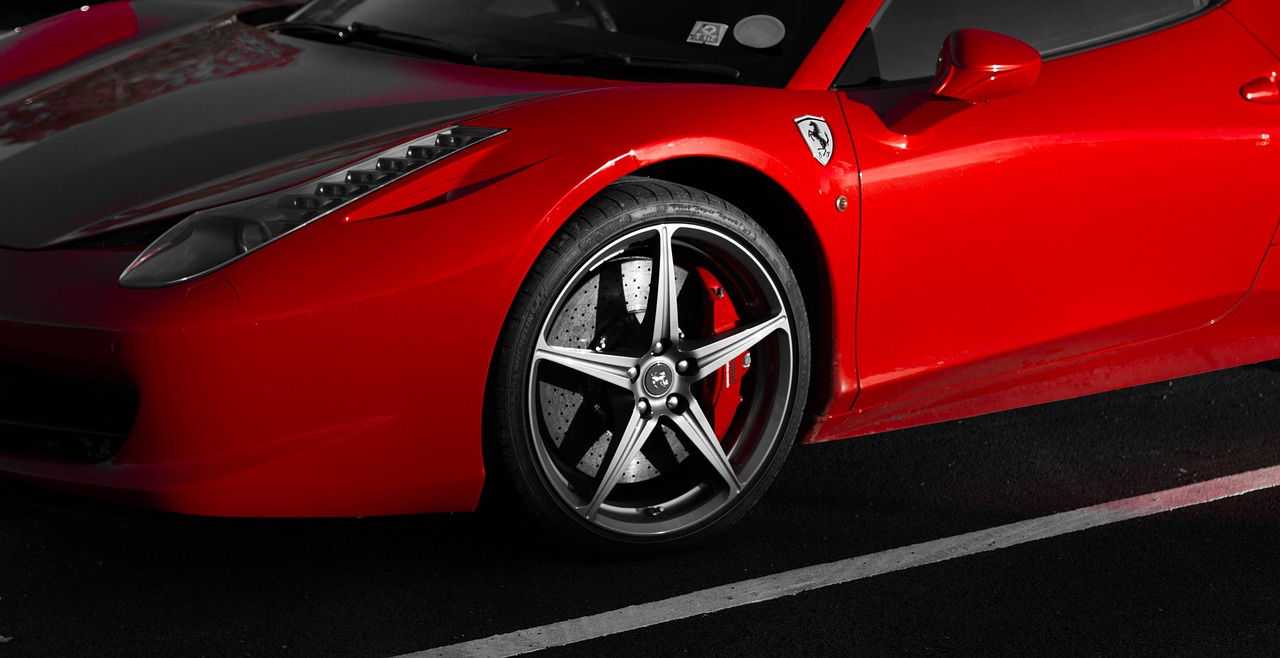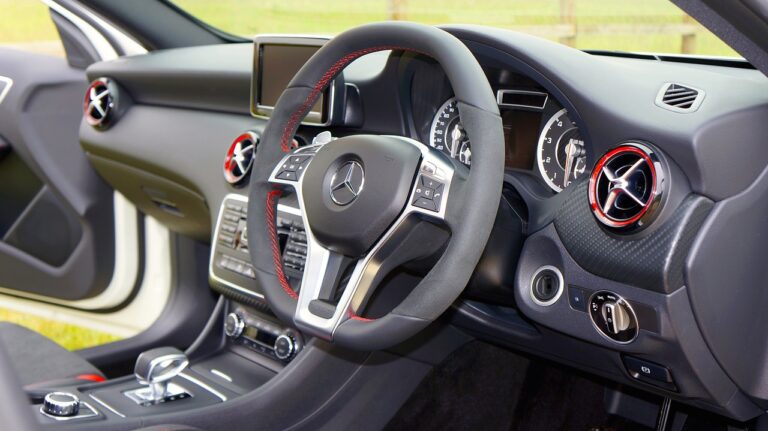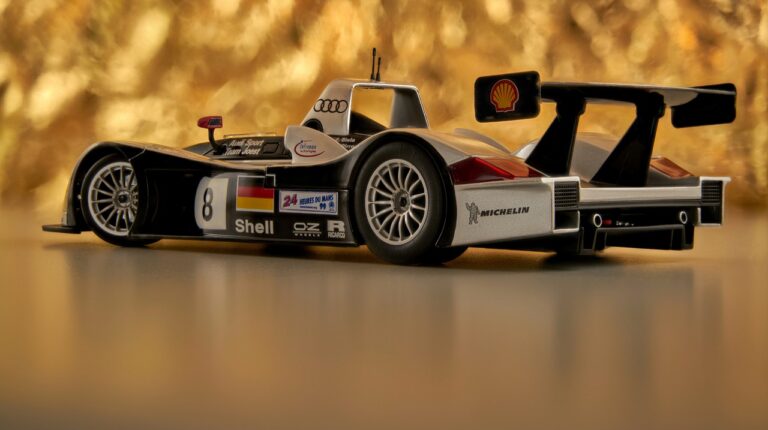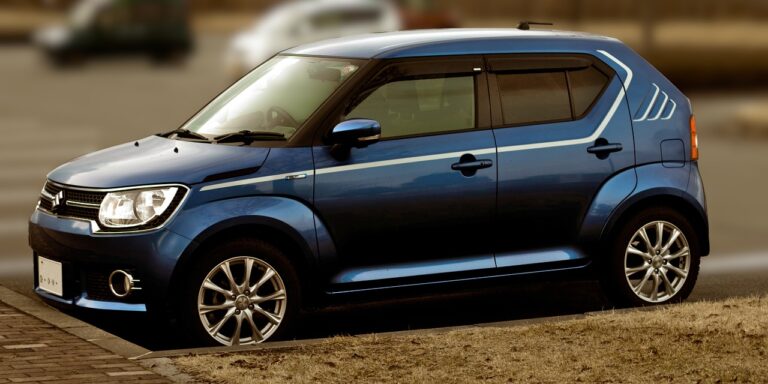Exploring the Future of Car Design: Trends to Watch
Electric vehicles have undergone a significant transformation over the years. The early models struggled with limited range and performance, making them impractical for everyday use. However, advancements in technology have led to the development of more efficient batteries, enabling electric vehicles to travel longer distances on a single charge.
Moreover, the design of electric vehicles has also evolved to meet the demands of consumers. Modern electric cars now boast sleek and aerodynamic shapes, emphasizing both style and functionality. With a greater emphasis on sustainability, electric vehicles have become a popular choice for environmentally-conscious drivers seeking a cleaner and more efficient mode of transportation.
The Influence of Sustainability on Car Design
As society’s awareness of environmental issues continues to grow, car manufacturers are increasingly incorporating sustainable practices into their design processes. From the materials used in vehicle production to the efficiency of their operations, sustainability has become a key consideration for the automotive industry. Designers are now tasked with finding innovative ways to reduce carbon footprints and minimize waste throughout every stage of the car’s life cycle.
One of the most significant impacts of sustainability on car design is the shift towards electric vehicles. With advancements in battery technology and charging infrastructure, electric cars are becoming more accessible and appealing to consumers. This transition not only reduces emissions during the vehicle’s operation but also drives the development of energy-efficient manufacturing processes. As a result, car designers are exploring new aerodynamic shapes and lightweight materials to maximize the range and performance of electric vehicles, all while minimizing their environmental impact.
How has the evolution of electric vehicles impacted car design?
The evolution of electric vehicles has led to a shift towards more sustainable and environmentally friendly car design. This includes the use of lightweight materials, aerodynamic shapes, and the integration of energy-efficient technologies.
What are some ways sustainability has influenced car design?
Sustainability has influenced car design in various ways, such as the incorporation of eco-friendly materials, the development of hybrid and electric powertrains, and the focus on reducing emissions and fuel consumption.
How do car manufacturers prioritize sustainability in their design process?
Car manufacturers prioritize sustainability in their design process by setting goals for reducing carbon emissions, increasing fuel efficiency, and implementing eco-friendly manufacturing practices. They also collaborate with suppliers to source sustainable materials and components.
What are some examples of sustainable design features in modern cars?
Some examples of sustainable design features in modern cars include regenerative braking systems, solar panels for charging, recycled materials in interior components, and energy-efficient LED lighting.
How can consumers support sustainability in car design?
Consumers can support sustainability in car design by choosing electric or hybrid vehicles, practicing eco-friendly driving habits, and opting for models with recyclable materials and energy-efficient technologies. Additionally, they can advocate for stricter environmental regulations and incentives for sustainable transportation.





